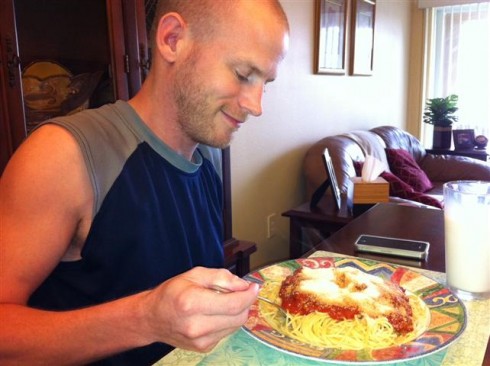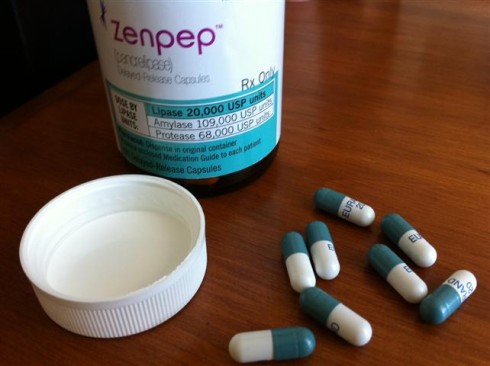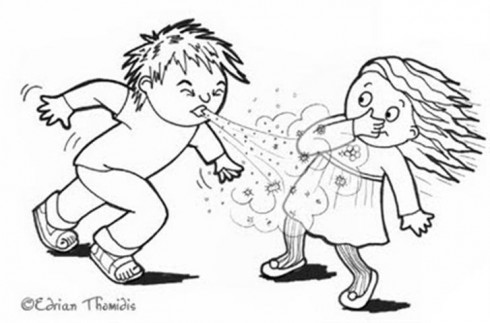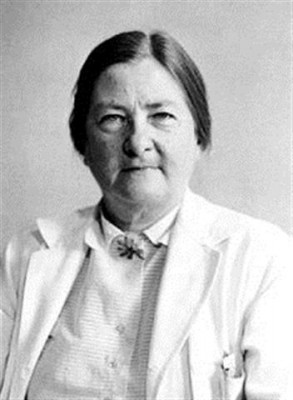May is Cystic Fibrosis Awareness month! Since I didn’t know anything about CF before I met Jesse, I’m taking some time to learn and share some information about CF.
Proper diet and nutrition is important for everybody, and having CF makes paying attention to diet even more important. Just as mucus forms in the lungs making breathing difficult, thick mucus also forms in the pancreas preventing normal digestion and absorption of food. To combat this problem most CFers require a high-calorie diet that is also high-fat. Most of you who know Jesse also know the he really likes to eat! I know that the idea of being able to eat as much as you want may sound ideal (because I used to think so too), but there are times when eating so much is not so enjoyable for Jesse. Like when we get home late and we’re tired and I just grab a little snack from the pantry. A small snack like that is not sufficient when his daily intake needs to be at least 5,000 calories.
The reason that calorie intake in so important is because of all the extra energy that is needed for breathing. It’s also important to have the extra pounds so that when an infection hits it doesn’t completely knock him down.
The tricky part of a high-calorie diet is making sure that all these calories come from a healthy source. Because the pancreas is already not functioning well, CFers run the risk of developing cystic fibrosis related diabetes. So while soda and sugary snacks may be an excellent source of extra calories, they aren’t the best idea in trying to avoid adding diabetes to our list of things to worry about. Instead, Jesse tries to get most of the extra calories from protein shakes, whole fat milk, and adding extra sauce to almost everything. Probably our most used trick is always adding lots of extra cheese to Jesse’s portion of the meals that I make.
Lastly, the most important part of Jesse’s diet: ENZYMES! Most all CFers require digestive enzymes to digest foods. Jesse needs to take about 8 enzymes with meals, maybe extra if there’s lots of cheese. Forgetting to take enzymes means that the food is not digested which can lead to an intestinal blockage, often resulting in a very unpleasant trip to the hospital.







